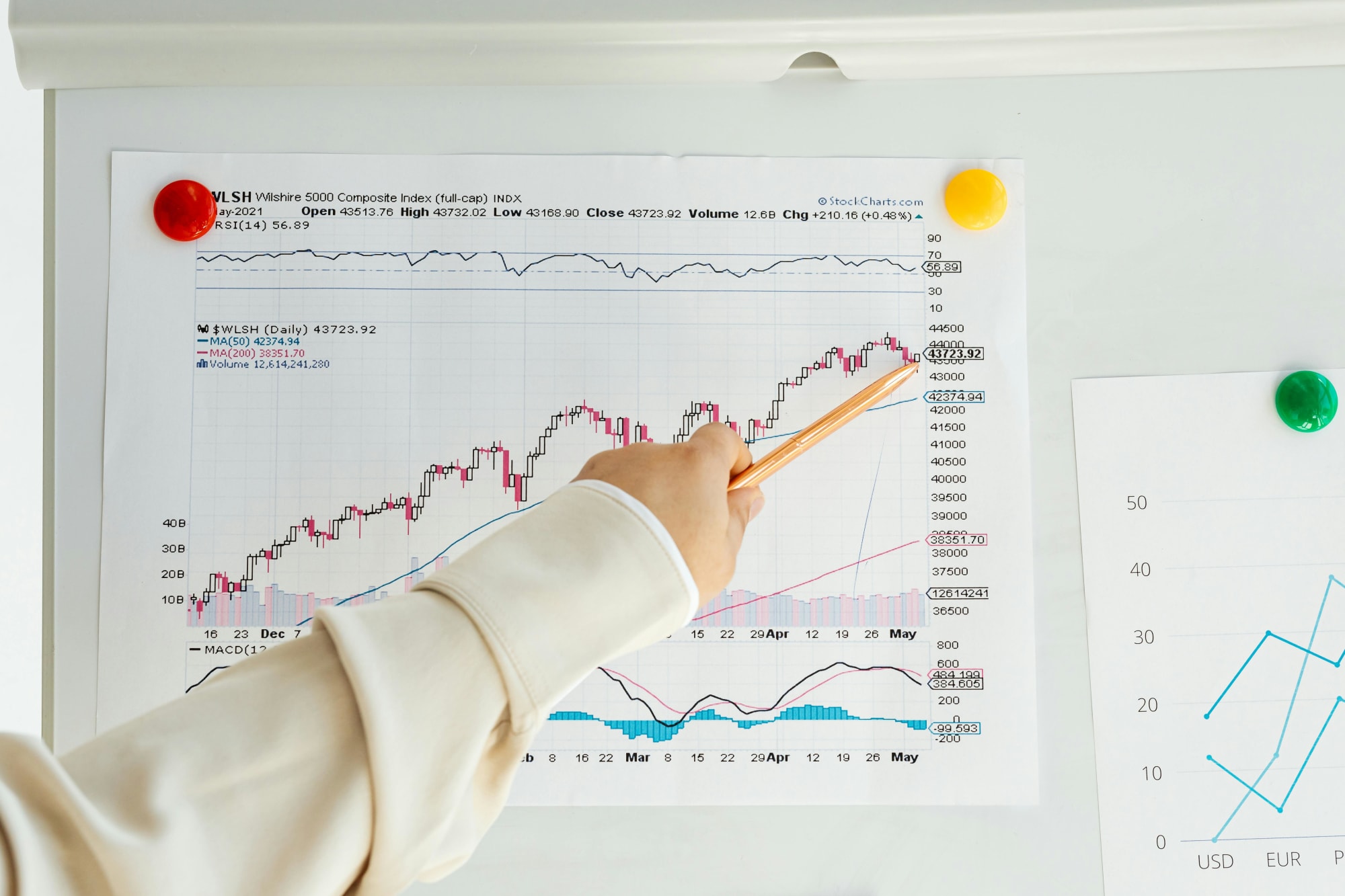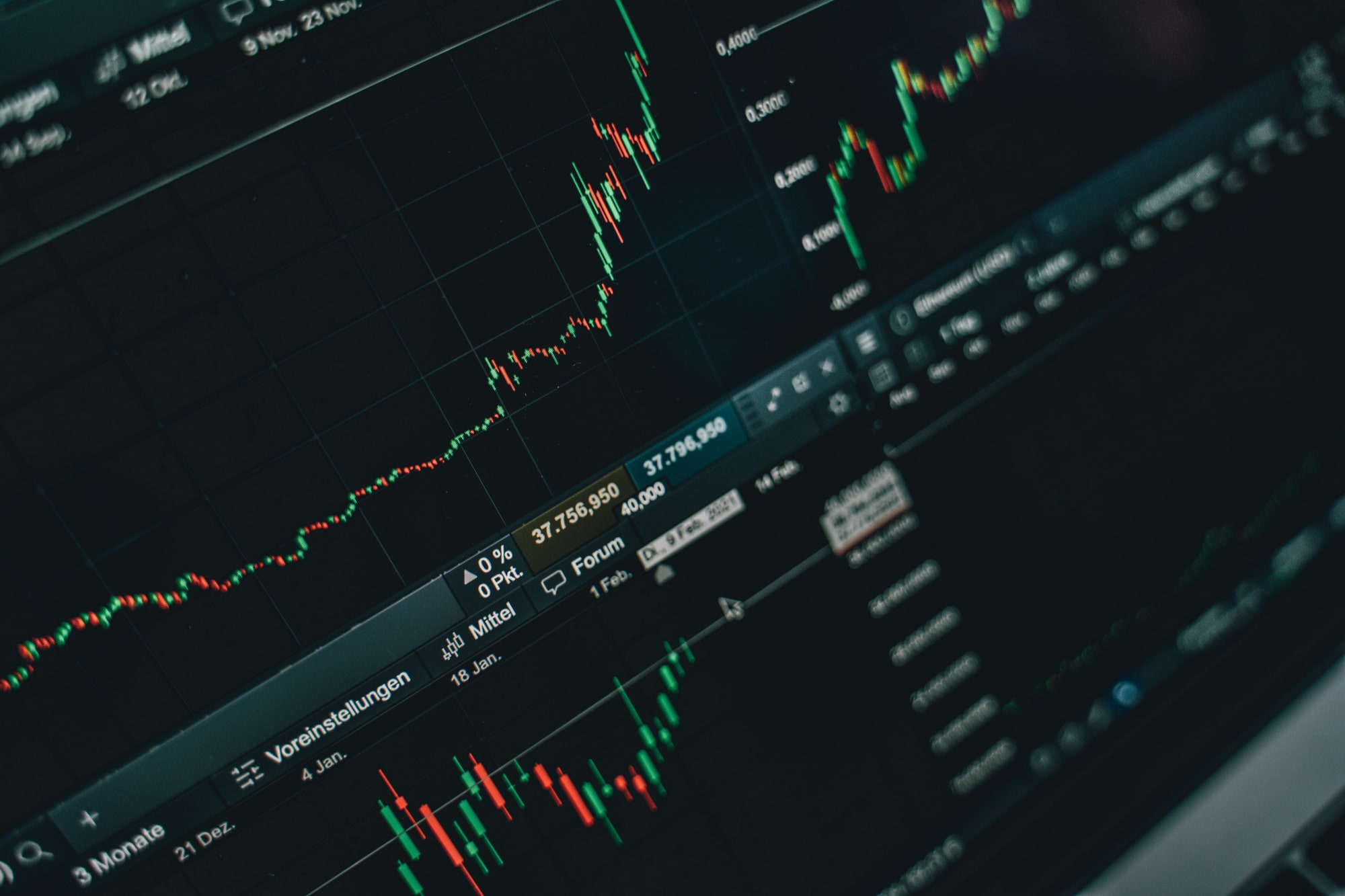Invest
Australian economy back to pre-COVID levels by 2021
The Australian economy is expected to bounce back to pre-COVID levels by the end of 2021 as wins on the health front and aggressive government policy have limited damage while boosting business and consumer confidence, an industry expert has revealed.
Australian economy back to pre-COVID levels by 2021
The Australian economy is expected to bounce back to pre-COVID levels by the end of 2021 as wins on the health front and aggressive government policy have limited damage while boosting business and consumer confidence, an industry expert has revealed.

While being buoyed by overall prospects of the Australian economy Janus Henderson Investors’ Australian fixed-interest investment strategist Frank Uhlenbruch said new outbreaks of COVID in Sydney and Melbourne and Australia’s relationship with China show Australia is not completely out of the woods.
“We still look for the Australian economy to rebound by around 5 per cent over 2021, though the latest outbreaks and reintroduction of state border controls have increased downside risks,” Mr Uhlenburch predicted.
“While a 5 per cent growth rate looks very high, we don’t expect the economy to reach the end of 2019 levels until late 2021.”
Mr Uhlenbruch added that the fund manager expected the economy to reach end-2019 levels in late 2021, as the “slack” built up in terms of unemployment and wage suppression would take a number of months to recoup.

“The economy will have built up considerable slack and this will continue to show up in an elevated unemployment rate, low rate of wages growth and inflation rate below the RBA’s 2 -3 per cent target band,” he said.
“With the cash rate now at 0.10 per cent and the RBA reluctant to move into a negative rate regime, further easing, if needed, is likely to come in quantitative form.”
Mr Uhlenbruch told investors that historically low-interest rates will persist for the next couple of years driving demand for income-producing assets.
“The preconditions for a shift in accommodative policy remain ‘outcome’ based. Fiscal policy will move from accommodation to consolidation only when the unemployment rate falls below 6 per cent,” he explained.
“Monetary conditions will only normalise (first tightening in a new cycle) when actual inflation is sustainably in the 2 -3 per cent RBA target band and the labour market is at full employment. We do not see these outcomes being achieved over the next couple of years.”
About the author

About the author


Economy
Australia's inflation illusion: the real challenge lies in pricing power and productivity
Headline inflation has cooled to 3.4% year-on-year, but the Reserve Bank’s caution—and a still‑hot housing backdrop—mean the rate threat hasn’t left the room. For boards, the next few quarters are ...Read more

Economy
When house prices lift, tills ring: A case study in turning Australia’s wealth effect into growth
Australia’s latest upswing in household wealth, anchored by higher dwelling values, is more than a feel‑good statistic—it is a profit and planning signal. The ABS notes property’s centrality to ...Read more

Economy
RBA's hawkish stance reflects inflation concerns, State Street economist comments
In a recent statement, the Reserve Bank of Australia (RBA) has signaled a hawkish stance on interest rates, drawing insights from financial experts about the implications for Australia's economic ...Read more

Economy
Navigating the inflation maze: How CFOs can outsmart economic hurdles in Australia
Fresh inflation data have cooled expectations of near-term rate cuts in Australia, intensifying pressure on margins, capital allocation and demand. Rather than wait for monetary relief that may not ...Read more

Economy
Inflation concerns rise as Australia's CPI climbs to 3.8% in October
Australia's latest Consumer Price Index (CPI) figures have sent ripples through the economy, with headline inflation accelerating to 3.8% year-on-year in October, up from 3.6% in September. The data, ...Read more

Economy
October CPI results pose challenges for RBA’s monetary policy stance
In a surprising turn of events, the October Consumer Price Index (CPI) data has raised eyebrows among economists and market strategists, revealing stronger-than-expected inflationary pressures in ...Read more

Economy
Global deal activity declines by 6% amid economic uncertainty, reports GlobalData
In a year characterised by economic turbulence and evolving market conditions, global deal activity has witnessed a notable downturn during the first ten months of 2025. According to GlobalData, a ...Read more

Economy
Australia’s softening labour market puts another RBA cut in play — here’s what business should do now
A four-year high in unemployment has revived expectations the Reserve Bank could deliver another rate cut as soon as November. With quarterly GDP growth running at 0.6 per cent and annual growth at ...Read more

Economy
Australia's inflation illusion: the real challenge lies in pricing power and productivity
Headline inflation has cooled to 3.4% year-on-year, but the Reserve Bank’s caution—and a still‑hot housing backdrop—mean the rate threat hasn’t left the room. For boards, the next few quarters are ...Read more

Economy
When house prices lift, tills ring: A case study in turning Australia’s wealth effect into growth
Australia’s latest upswing in household wealth, anchored by higher dwelling values, is more than a feel‑good statistic—it is a profit and planning signal. The ABS notes property’s centrality to ...Read more

Economy
RBA's hawkish stance reflects inflation concerns, State Street economist comments
In a recent statement, the Reserve Bank of Australia (RBA) has signaled a hawkish stance on interest rates, drawing insights from financial experts about the implications for Australia's economic ...Read more

Economy
Navigating the inflation maze: How CFOs can outsmart economic hurdles in Australia
Fresh inflation data have cooled expectations of near-term rate cuts in Australia, intensifying pressure on margins, capital allocation and demand. Rather than wait for monetary relief that may not ...Read more

Economy
Inflation concerns rise as Australia's CPI climbs to 3.8% in October
Australia's latest Consumer Price Index (CPI) figures have sent ripples through the economy, with headline inflation accelerating to 3.8% year-on-year in October, up from 3.6% in September. The data, ...Read more

Economy
October CPI results pose challenges for RBA’s monetary policy stance
In a surprising turn of events, the October Consumer Price Index (CPI) data has raised eyebrows among economists and market strategists, revealing stronger-than-expected inflationary pressures in ...Read more

Economy
Global deal activity declines by 6% amid economic uncertainty, reports GlobalData
In a year characterised by economic turbulence and evolving market conditions, global deal activity has witnessed a notable downturn during the first ten months of 2025. According to GlobalData, a ...Read more

Economy
Australia’s softening labour market puts another RBA cut in play — here’s what business should do now
A four-year high in unemployment has revived expectations the Reserve Bank could deliver another rate cut as soon as November. With quarterly GDP growth running at 0.6 per cent and annual growth at ...Read more








